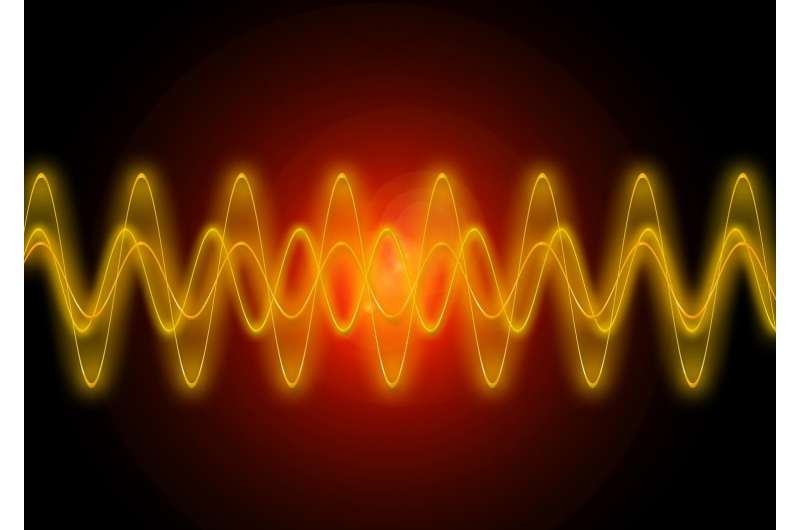Latest tests on 6G return surprising results

Imagine you’re a fisherman living by a lake with a rowboat. Every day, you row out on the calm waters and life is good. But then your family grows, and you need more fish, so you go to the nearby river. Then, you realize you go farther and faster on the river. You can’t take your little rowboat out there—it’s not built for those currents. So, you learn everything you can about how rivers work and build a better boat. Life is good again…until you realize you need to go farther still, out on the ocean. But ocean rules are nothing like river rules. Now you have to learn how ocean currents work, and then design something even more advanced that can handle that new space.
Communication frequencies are just like those water currents. And the boats are just like the tools we build to communicate. The challenge is twofold: learning enough about the nature of each frequency and then engineering novel devices that will work within them. In a recent paper published in Proceedings of the IEEE, the flagship publication of the largest engineering society in the world, one USC Viterbi School of Engineering researcher has done just that for the next generation of cellular networks—6G.
Andy Molisch, professor of electrical and computer engineering at USC Viterbi and the holder of the Solomon Golomb—Andrew and Erna Viterbi Chair, together with colleagues from Lund University in Sweden, New Zealand Telecom, and King’s College London, explained that we have more options for communications at 6G frequency than previously thought. Think of it as something like early explorers suddenly discovering the gulf stream.
Molisch and his team, which includes PostDoc Naveed Abbasi, several Ph.D. students, as well as undergraduate and master’s students, gained that understanding by performing a series of highly detailed measurements on possible 6G frequencies, called Terahertz band. Their work yielded some surprising results that will help in the design of 6G. “Researchers have long believed that as we move up into 6G frequency, the ways in which a signal can reach a receiver will be greatly limited,” said Molisch. “Our work shows that in a number of important situations that is not actually the case.”
Moving up to a higher frequency like Terahertz presents several challenges. At higher frequencies these waves become harder to manage, making it easy to lose connection. New algorithms must also be developed that will allow processing to happen at the new bandwidth. Finally, completely new hardware that can function in this new zone has to be engineered. Molisch’s tests on the 6G frequency will help these challenges to actually be addressed.
Making 6G technology a reality is an important step towards realizing a whole host of new applications. Molisch and his colleagues have identified three that they believe will be front and center: haptic internet, mobile edge computing, and holographic communications. All three of these areas have the potential to change the face of communications, health, transportation, education, and more.
In a short time, Molisch has already shed an enormous amount of light onto the nature of 6G frequencies. But he is quick to point out that there is still much we need to understand before we can begin building practical tools that work in this space. “Our first round of measurements has so far been extremely successful. But many more measurements must be taken before we understand communicating at these frequencies enough to make 6G an everyday reality,” he said.
Harsh Tataria et al, 6G Wireless Systems: Vision, Requirements, Challenges, Insights, and Opportunities, Proceedings of the IEEE (2021). DOI: 10.1109/JPROC.2021.3061701
Citation:
Latest tests on 6G return surprising results (2021, June 10)
retrieved 13 June 2021
from https://techxplore.com/news/2021-06-latest-6g-results.html
This document is subject to copyright. Apart from any fair dealing for the purpose of private study or research, no
part may be reproduced without the written permission. The content is provided for information purposes only.
For all the latest Technology News Click Here
For the latest news and updates, follow us on Google News.

